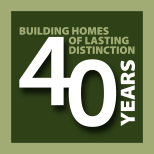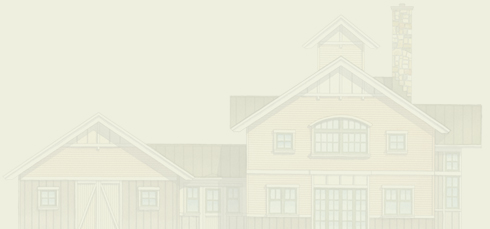Homes Put “Green” In Greenfield
GREENFIELD-The saying “true beauty comes from within” usually applies to people, not houses.
But from its recycled wood siding to its bamboo floors, one Greenfield man’s environmentally-friendly house has become a beautiful example of how the town is preserving its rural character.
It also inspired builder Frank Laskey to focus completely on “green” building. He simply identifies with its values and concepts too much to let them go, he said.
Rural character is exactly what green building strives to preserve by protecting ecosystems, minimizing the house’s footprint, protecting the “lay of the land” and minimizing the destruction of forests, Laskey said.
The first Greenfield resident, who asked to remain anonymous, wanted a green house because his wife has chemical sensitivities, Laskey said.
The home isn’t visible from the road because it is actually built into the hill instead of on top of it, preserving the panoramic view. Built on the south side to collect sunlight all day, Laskey said.
The interior, draped in warm red, yellow and green earth tones, doesn’t emit that “new house” smell because none of the materials used to build the home contain chemicals. In regular homes, materials like plywood have chemicals that emit gas for at least five years, Laskey said.
The open space within the home creates thermal efficiency and produces a natural chimney of air when the upstairs and downstairs windows are opened.
All of the materials used to build the home were either recycled or found locally to take advantage of the surrounding economy and cut down travel time for trucks guzzling fossil fuels.
“If we use materials that are good for the environment, then it has to be good for people,” Laskey said.
The hardwood flooring is made from recycled grass and bamboo, considered a sustainable product because it grows quicker than it is used up, Laskey said.
The outside patio floors are made of Epai, a plantation-grown hardwood so hard that builders must drill nail holes first because a hammer simply cannot punch a nail through.
Trimming around the windows is made from sawdust and glues and has a warranty of 25 years. The “finger jointed” wood siding is actually pieces of recycled wood scraps spliced together.
Insulation within the walls is made from newspaper. It contains no fiberglass or carcinogenic materials, Laskey said.
A radiant heating source within the basement flood heats objects and people instead of the air, which is more efficient because people then give off more heat to the rest of the room, Laskey said.
A high-efficiency boiler has a sensor that takes readings of the outside and inside temperatures in order to fire at a lower rate according to both climates. Tubes installed within the house’s framing distribute the heat evenly through the floor, he said.
An energy recovery ventilation system takes excess moisture and stale air out of the house, then brings in fresh air and tempers it. A complete air exchange occurs every three hours.
Two thin metal chains hanging from either side of the awning of a top-floor balcony channel water down to the ground. A Japanese concept, these “rain chains” take the place of regular house gutters and are virtually invisible from a distance.
Typically, a house built green costs 5 percent to 10 percent more than a normal house, but its energy-efficient amenities pay back that extra cost within 10 years, Laskey said. His green houses usually sell for $300,000 to &400,000, he said.
While its impact on the environment is minimal, its value to the future of environmental preservation and impact on future development within the community could be immeasurable.
“By developing in a responsible fashion, you protect open space,” Laskey said – a key element of Greenfield’s future growth.
Original Article
The Saratogian, May 2, 2004
By Christine Margiotta






